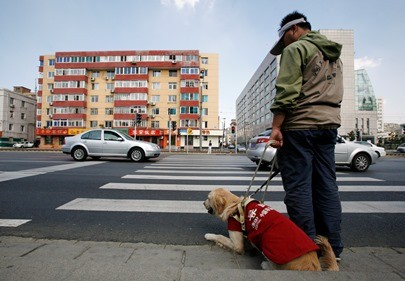After an intensive four-year investigation, the Animals Asia Foundation has uncovered the nasty truth behind China’s dog meat trade. Despite assertions that large-scale breeding facilities in the country exist, no such evidence has been found to support such claims.
"Our investigations strongly point to what everybody familiar with the industry has long suspected--that the vast majority of China's dog meat comes from stolen companion animals and that misinformation and illegality is rife at every stage of the industry supply chain," said Jill Robinson, CEO and founder of Animals Asia Foundation.
The end of the investigation coincided with the notorious annual dog meat festival of Yulin in Guangxi Zhuang Autonomous Region, southern China.
To reach the conclusion that China's dog meat trade is centered on illegal activity, Animals Asia Foundation visited over 66 restaurants and food stalls, 12 dog slaughterhouses, 110 dog meat retailers, 21 farmers' markets, three large live-animal wholesale markets, eight dog meat food companies, and eight dog-breeding farms.
The investigation took detectives to 15 different cities located in southern, northeast and central China, where dog-eating is said to be a common occurrence.
The report revealed several frightening news that will cause more alarm on animal rights' groups. For example, investigators found little to no evidence of industrial-scale dog breeding specifically for consumption in Jianxiang County, Shandong Province. The region is known to be one of China's most active dog-eating areas.
Another finding is that dog-farming on a mass scale is not cost-effective due to dogs' highly territorial nature, an expensive meat-rich diet, and the risk of diseases like rabies.
The price of dog meat has fluctuated between 13 and 16 yuan per kilo from 2011 to 2014, according to the Animal Asia Foundation report.
Xiao Zhaogei from China Agricultural University estimates that dog meat will be even more expensive in the future if proper dog farming is not realized.






















